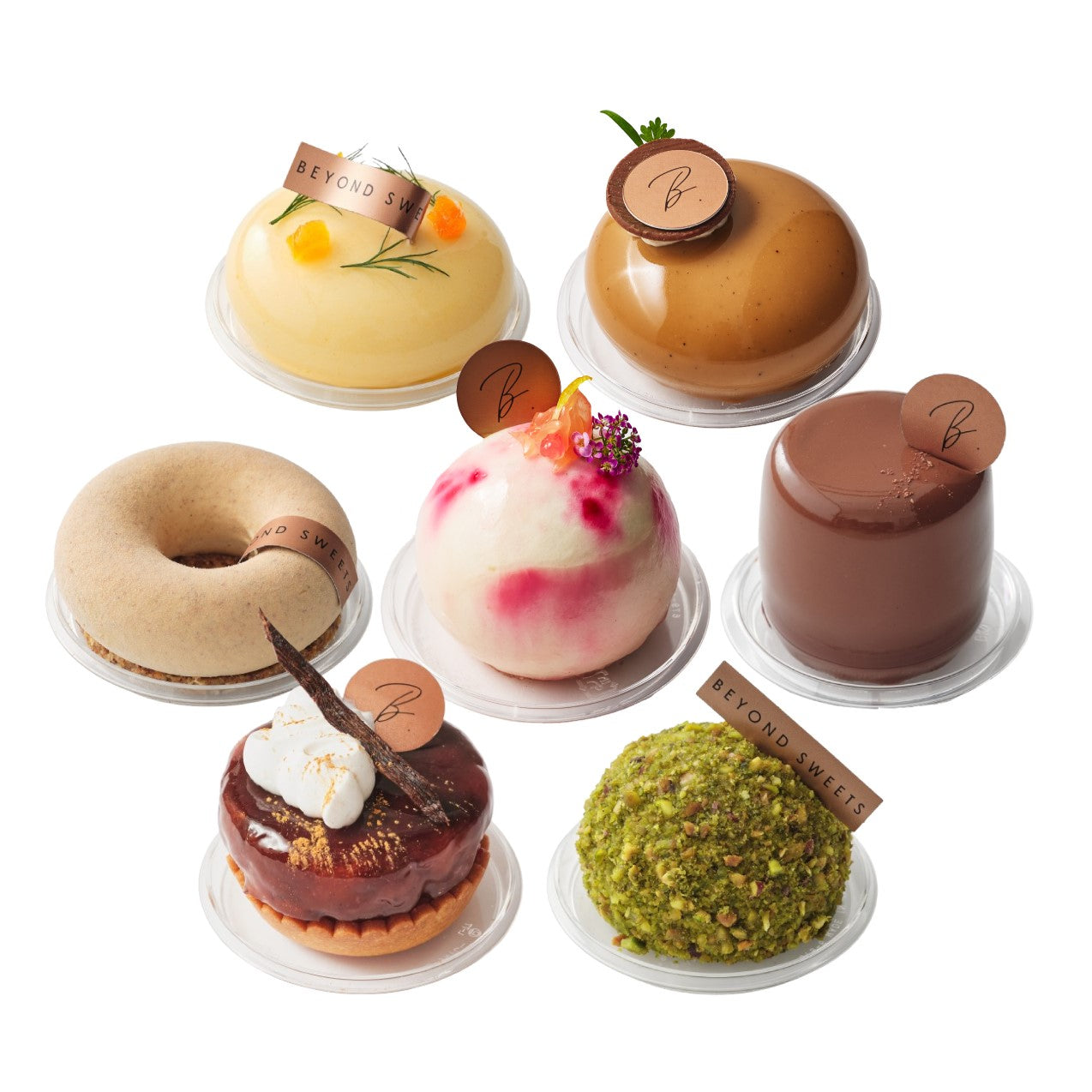
The mechanism by which humans perceive sweetness
Many people feel that eating sweet things makes them happy. However, our ability to sense sweetness involves an intricate mechanism that links the brain and body.
① The taste buds on the tongue sense sweetness
The first step in sensing sweetness is the organs called "taste buds" on the surface of the tongue. Taste buds contain "taste cells," and when sweet substances such as sugar enter the mouth, these cells react. In particular, the sweetness is sensed by the action of receptor proteins called "T1R2" and "T1R3."
② Send signals to the brain through nerves
When sweet taste receptors detect sugar, that information is transmitted to the brain via nerves. The "vagus nerve" and "glossopharyngeal nerve" are mainly involved, and the information is sent as an electrical signal to a part of the brain called the "gustatory cortex."
3) The brain recognizes it as "sweet" and creates pleasure
When the brain recognizes sweetness, a system known as the reward system is activated. In particular, the release of a neurotransmitter called "dopamine" makes us feel "delicious" and "happy." This is thought to be because, evolutionarily, sweetness has been important as an energy source, and so humans have naturally developed a preference for sweetness.
4. It's not just sugar! Do artificial sweeteners taste sweet too?
In recent years, artificial sweeteners (aspartame, sucralose, etc.) used in low-calorie products also stimulate sweet receptors, making the brain believe something is sweet. However, the effects of artificial sweeteners differ from those of sugar, and the amount of dopamine released may differ, which may make it harder to feel satisfied.
⑤ People's perception of sweetness varies from person to person.
The way we perceive sweetness varies from person to person, depending on genetic factors and eating habits. For example, it is said that people who eat a lot of sweet things on a regular basis have less sensitive taste buds and tend to crave stronger sweetness.
summary
The mechanism by which we sense sweetness is based on the interaction of receptors on the tongue, nerves, and the brain's reward system. The happiness we feel when we eat something sweet is deeply connected to our survival instinct. However, if we become too accustomed to sweetness, our sensitivity to it can decrease, so it's important to enjoy it in a balanced way, such as choosing low-sugar or low-carb sweets with a gentle sweetness.
[BEYOND SWEET's low-sugar, low-GI sweets]
・Click here for a list of low-sugar sweets and cakes (around 10g of sugar)>>
・Click here for a list of sweets and cakes with low carbohydrate content (5g or less carbohydrates/low GI)>>
[BEYOND SWEET's low-sugar, low-GI sweets]
・Click here for a list of low-sugar sweets and cakes (around 10g of sugar)>>
・Click here for a list of sweets and cakes with low carbohydrate content (5g or less carbohydrates/low GI)>>
BEYOND SWEETS: A specialty store for healthy sweets
[Three categories of BEYOND SWEETS]
■BEYOND1 Beauty and Diet>>
■BEYOND2 Medical Sports>>
■BEYOND3 Allergy Friendly>>
TOP


![[Limited to first-time buyers] 10-item trial sweets set for your body *Free shipping now](http://www.beyondsweets.com/cdn/shop/files/2.jpg?v=1712886879&width=1125)
![Berry Pistachio (sugar-free) [whole]](http://www.beyondsweets.com/cdn/shop/files/2025-03-07113323.jpg?v=1741328178&width=1024)

![[SOLD OUT] Botanic Chocolate 6 pieces](http://www.beyondsweets.com/cdn/shop/files/25-01-29_DSC8564.jpg?v=1740793326&width=1024)
![[SOLD OUT] Botanic Chocolate 4 pieces](http://www.beyondsweets.com/cdn/shop/files/25-01-29_DSC8563.jpg?v=1740724484&width=1024)







